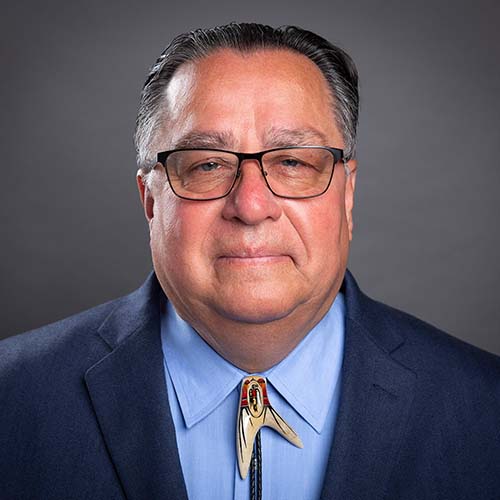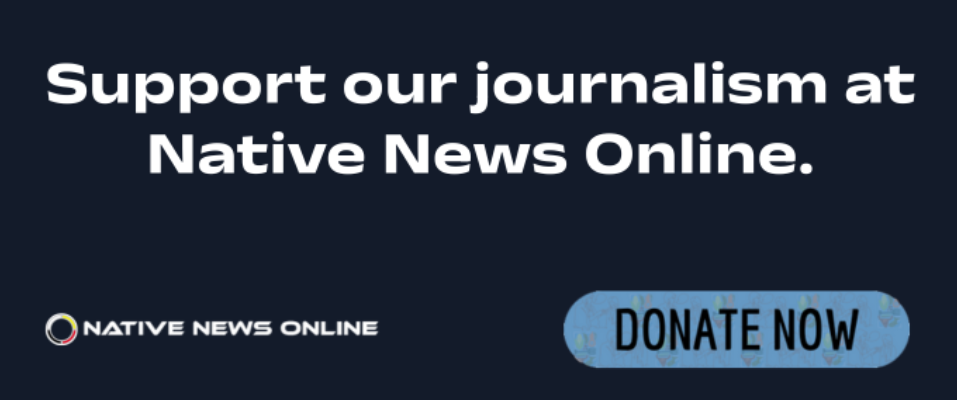
- Details
- By Kaili Berg
What began as a family fishing trip along a river in south Alabama has turned into one of the most significant paleontological discoveries in recent history.
Adam and Adrienne Colman, joined by their children, Talah and Corey, stumbled upon the fossilized shell of a 32-million-year-old leatherback sea turtle, a find that scientists are calling a “one-in-a-million” specimen.
The fossil, measuring roughly four feet long and three feet across, is not only one of the most complete leatherback shells ever uncovered but also a newly identified genus and species.
Researchers, in collaboration with the Poarch Creek Indians, have named it Ueloca colemanorum, honoring its Muscogee Creek heritage and the Coleman family who first found it.
The family had turned fishing trips into fossil hunts, a hobby passed down. On a spring day in 2021, they spotted a massive, dome shaped form embedded in limestone along a riverbank. Unsure of its significance, they kept the fossil secret for months.
“My dad got me into collecting fossils when I was a kid,” Adam Colman said in a statement. “Now we look for them every time we’re on the river.”
Adam later reached out to Dr. Andrew Gentry, a paleontologist specializing in fossil turtles.
“When I saw the fossil for the first time, it was hard to believe what I was seeing,” Gentry said in a statement. “It was absolutely breathtaking.”
Leatherback turtles are unique for their shells, which are made of hundreds of tiny bones called ossicles held together by collagen. Because collagen decays quickly after death, intact fossilized shells are rare.
The fossil provides two major contributions to science. Its completeness allowed researchers to re-evaluate the evolutionary history of leatherback sea turtles, pointing to at least two distinct groups that evolved in parallel over the past 40 million years.
It also adds to the relatively scarce record of Oligocene marine life from Alabama, a period of dramatic cooling when Antarctica first developed major ice sheets, drastically altering global ecosystems.
Because the site lies within ancestral Creek lands, the Poarch Creek Indians were invited to help name the fossil.
Tribal member Kimberly Gregson, who also contributed to the scientific study, joined with First Generation Descendent Samantha Martin and Muscogee speaker Dr. Marcus Briggs-Cloud to craft the genus name Ueloca, derived from the Muscogee words Uewa (water) and Locv (turtle).
“This is the first fossil to carry a Muscogee name and it’s exciting to see our language recognized in this way. Opportunities like this weave our voice into history and ensure it’s never forgotten,” Martin said in a statement.
The fossil is now on public display at McWane Science Center in Birmingham, Alabama, where visitors can view the ancient turtle that connects science, culture, and family legacy.
“This is truly a one-in-a-million fossil,” Jun Ebersole, paleontologist and the Director of Collections at McWane Science Center in Birmingham, AL said. “Specimens like this one are why Alabama is quickly becoming a globally recognized hot-spot for fossil diversity.”
The full study, “A new leatherback marine turtle from the lower Oligocene of North America and a phylogenetic nomenclature for Dermochelyidae,” is available in Palaeodiversity and can be accessed here.
More Stories Like This
Native News Weekly (August 25, 2024): D.C. BriefsUS Presidents in Their Own Words Concerning American Indians
Federal Court Dismisses Challenge to NY Indigenous Mascot Ban
Sen. Angus King Warns of ‘Whitewashing’ History in National Parks Under Trump Administration
Final Call for Donations as CRYP’s 2025 Toy Drive Nears the Finish Line
Help us defend tribal sovereignty.
At Native News Online, our mission is rooted in telling the stories that strengthen sovereignty and uplift Indigenous voices — not just at year’s end, but every single day.
Because of your generosity last year, we were able to keep our reporters on the ground in tribal communities, at national gatherings and in the halls of Congress — covering the issues that matter most to Indian Country: sovereignty, culture, education, health and economic opportunity.
That support sustained us through a tough year in 2025. Now, as we look to the year ahead, we need your help right now to ensure warrior journalism remains strong — reporting that defends tribal sovereignty, amplifies Native truth, and holds power accountable.
 The stakes couldn't be higher. Your support keeps Native voices heard, Native stories told and Native sovereignty defended.
The stakes couldn't be higher. Your support keeps Native voices heard, Native stories told and Native sovereignty defended.
Stand with Warrior Journalism today.
Levi Rickert (Potawatomi), Editor & Publisher


